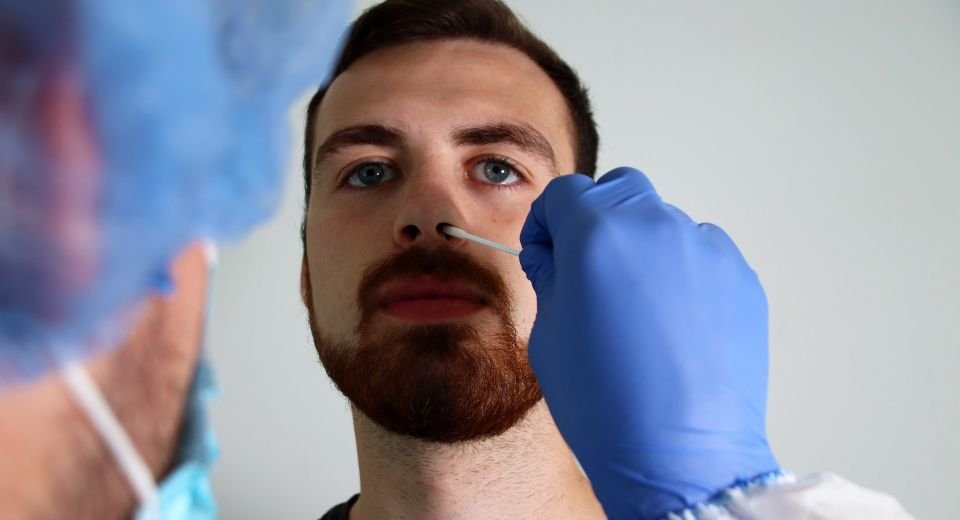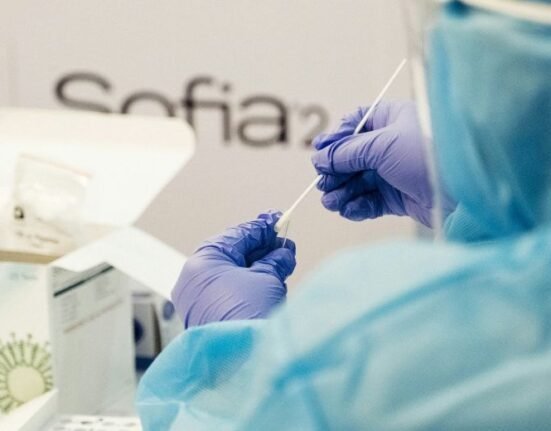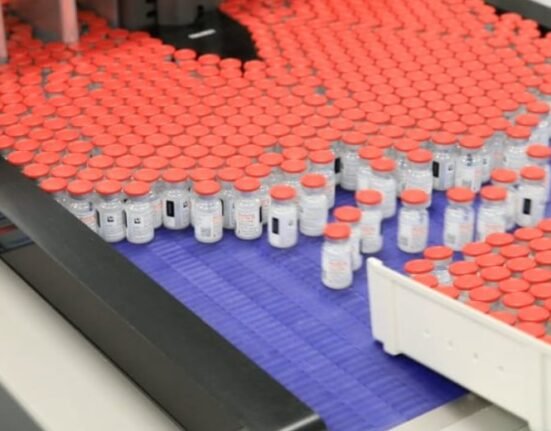HQ Team
December 13, 2023: Extracellular vesicles, or lipid particles released by human cells that cannot replicate, may serve as hidden reservoirs of the Covid-19 virus to contribute to their persistence and recurrence of the infection, a study finds.
Vesicles can help transport materials that an organism needs to survive and recycle waste materials. They can also absorb and destroy toxic substances and pathogens to prevent cell damage and infection.
Extracellular vesicles (EVs) carry important signal molecules, and can stably and widely be present in various body fluids, such as plasma, saliva and scalp fluid, spinal cord, breast milk, and urine.
In cell biology, a vesicle is a structure within or outside a cell, consisting of liquid or cytoplasm enclosed by a lipid bilayer. Vesicles form naturally during the processes of secretion or exocytosis, uptake or endocytosis, and the transport of materials within the plasma membrane.
Researchers at the Institute of Liver and Biliary Sciences, New Delhi, India, hypothesised that EVs “may serve as reservoirs of Covid-19 and transmit SARS-CoV-2 RNAs to naïve cells.”
Chronic liver disease
They also surmised that the EV-associated with severe acute respiratory syndrome coronavirus 2 RNAs might contribute to reactivation after viral clearance, especially in comorbid conditions such as chronic liver disease (CLD).
Characterisations of the clinical, epidemiological, laboratory, and radiological features and treatment and clinical outcomes of patients with Covid-19 pneumonia, were reported though information on SARS-CoV-2 reactivation remained a mystery.
“The curative and eradicative therapy for Covid-19 is still in its infancy. Urgent questions that need to be addressed promptly include whether patients with COVID-19 pneumonia are at risk of reactivation or recurrence,” the researchers wrote in the journal Science Direct.
Current detection tools have limitations, and risk factors that predict SARS-CoV-2 reactivation or prolonged detection in patients remain unknown, they wrote.
Therefore, there could be false negatives for oropharyngeal or nasopharyngeal swab tests, which could be affected by the sampling site, operator experience, and actual quantity of the virus.
Beyond respiratory tract
Although the virus predominantly involves the respiratory tract epithelium, its existence beyond the respiratory tract has not yet been explored.
Reactivation of the virus or prolonged detection of SARS-CoV-2 could be due to the coexistence of the virus in extra-respiratory sites.
A total of 80 patients with RT-PCR-confirmed Covid-19 were examined. Patients, aged above 18 years, infected with SARS-CoV-2 between December 2020 and May 2021 were enrolled.
Nasal swab specimens were tested for the detection of SARS-CoV-2 using the reverse transcription-polymerase chain reaction (RT-PCR).
Among them, 56 (70%) had no CLD and 24 (30%) had CLD. All patients were followed up from baseline to days seven and 14.
On follow-up at day seven, of the 32 patients negative for COVID-19, 46.9% had virus persistence in the EVs, and on day 14, of the 56 patients with negative SARS-CoV-2, 28.6% had positive SARS-CoV-2 RNAs in the EVs.
SARS-CoV-2 RNAs were undetectable in the plasma, but 12.5% of patients were positive in the plasma EVs.
New transmission route
Significantly prolonged and high viral load was found in the EVs on day 14 in COVID-19 patients combined with CLD compared with COVID-19 patients without it. “We also found EVs could transmit SARS-CoV-2 RNAs into Vero E6 cells at 24 hours post-infection,” suggesting another route for transmission.
The identification of SARS-CoV-2 RNAs in the EVs in patients with negative RT-PCR indicates the persistence of infection and likely recurrence of the infection. It is suggestive of another route of transmission as EVs harbour SARS-CoV-2 RNAs.
The study is the first to identify SARS-CoV-2 RNAs in the EVs of patients with negative SARS-CoV-2, which indicates the persistence and likely recurrence of the infection.
“This could pave the way for future directions to determine the cause of reactivation and post-COVID-19 mortality,” according to the authors.








